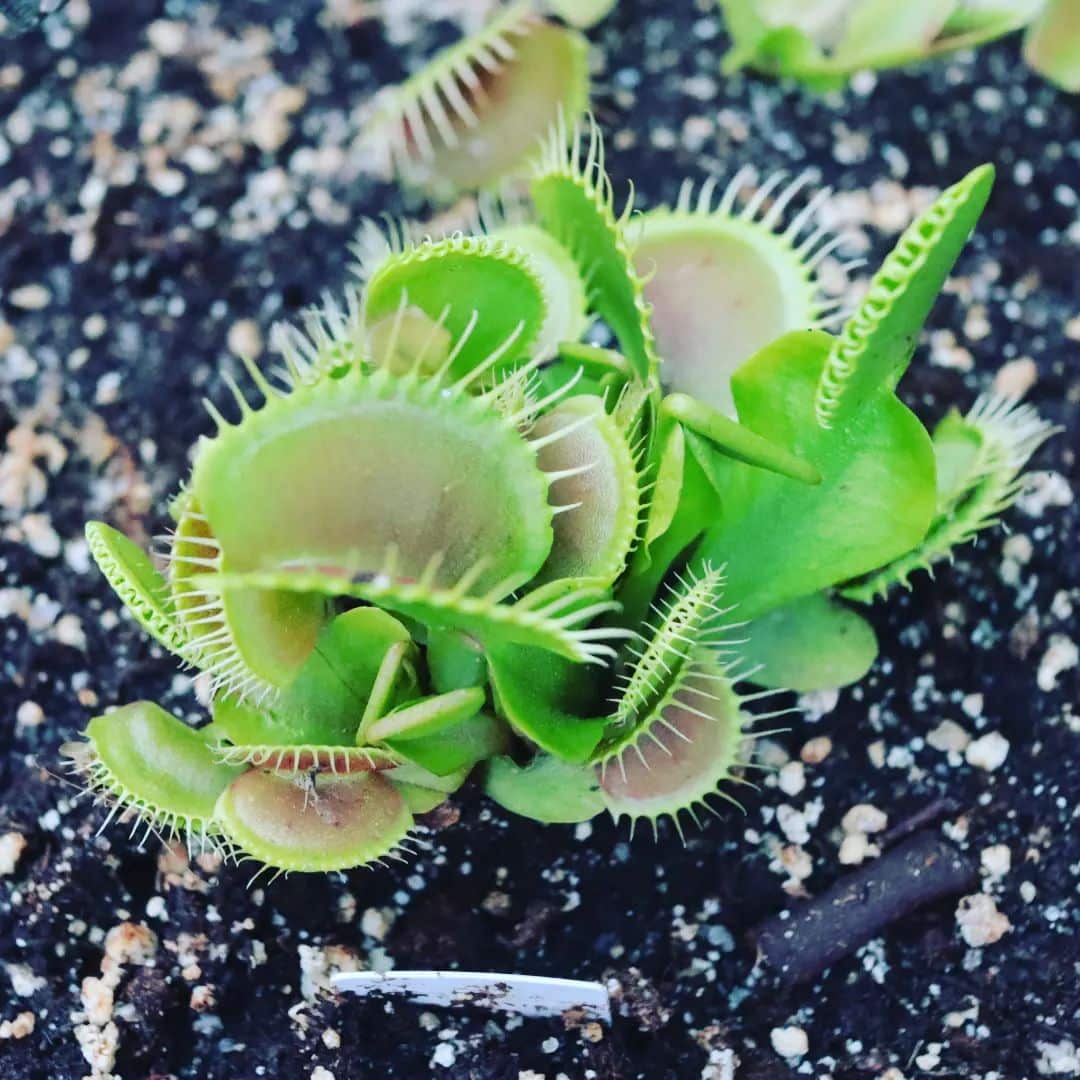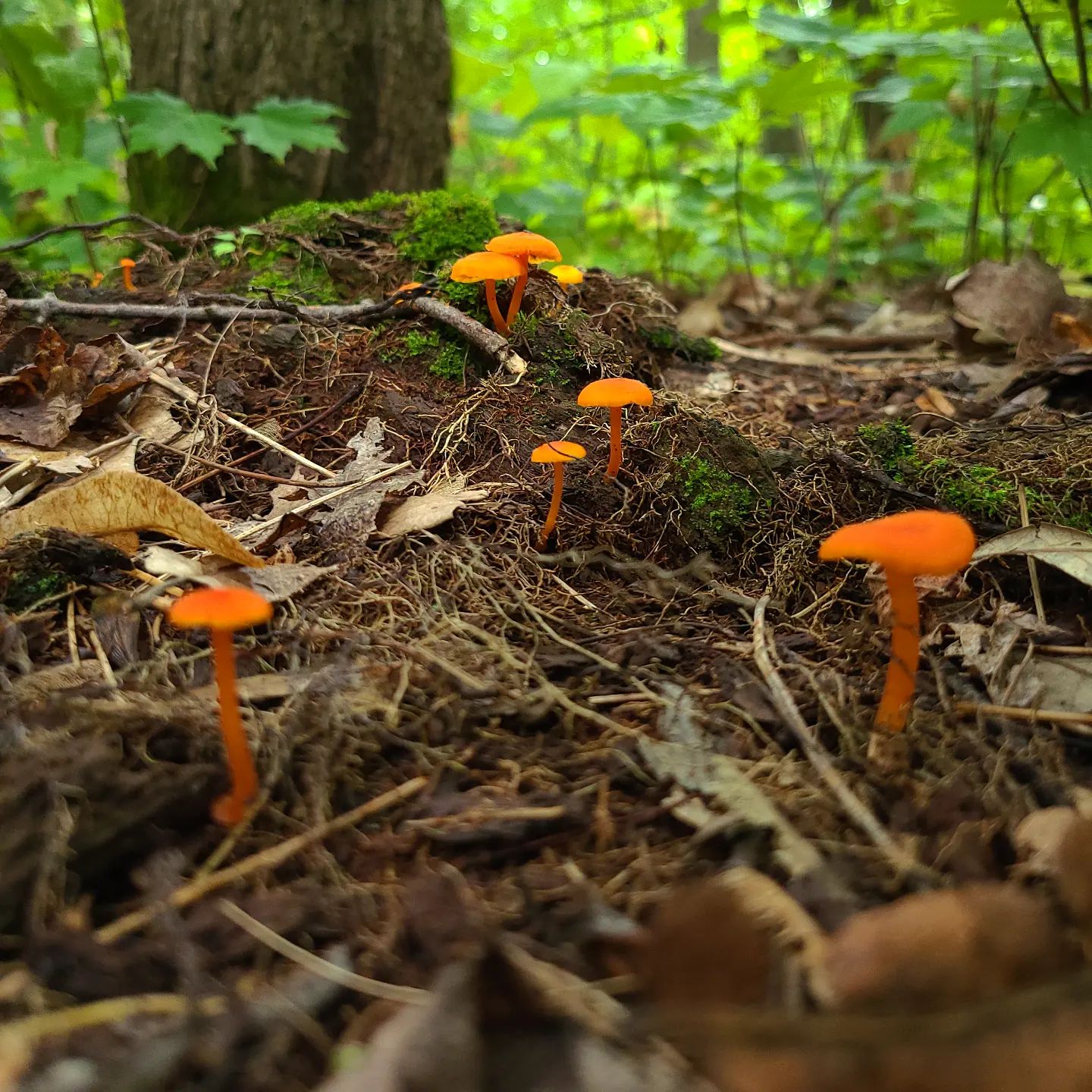Unlike other organisms, plants are known as producers, but not all are self-sustaining. Some depend on others for survival, for example, the heterotroph plant.
Understanding scientific terms might be daunting. But do not panic and continue the article to quench your curiosity about the heterotroph plant with ease.
Table of Contents Show
What is a Heterotroph Plant?
Have you seen ferns, as-mosses, liverworts or gymnosperms? Heterotrophic plants are ones like these plants.
The heterotrophic plant lacks leaves and is attached to the host for water and nutrients. These plants grow in a mutual understanding with hosts, and few attach for support only.
They are often known as Carnivorous plants that trap small insects and arthropods and possess energy by consuming other animals.

The dependent plants do everything possible to thrive in the food chain and do not care about the other species while leeching off them.
Moreover, their existence is because of the inability to synthesize their food from the inorganic complex molecules chemically.
Types of Heterotroph Plants
Besides, the heterotroph plant has six main types, classified based on nature.
1. Saprophyte Plants
The best portrayal for heterotrophs is the saprophyte, as the plant falling under this classification lacks chlorophyll and entirely depends on dead organic matter.
The plants under saprophytes possess an enzyme responsible for converting the organic matter into simpler forms to absorb the nutrients.
Few species have a saprophytic nature. The plants commonly known are the Dutchmen’s pipe, mushroom, Indian pipe, Corallorhiza orchids, and mycorrhizal fungi.
2. Plant Parasites
Plant parasites are another prime type of heterotroph, with more than 4,500 species that depend on the host for nutrients.
Besides, the parasitic plants are classified into holoparasites and hemiparasites.
The holoparasite is a parasitic plant dependent on the host for nutrients, water, and growth. Some examples include dodder, rafflesia, and broomrape.
While hemiparasites depend on the host only for water and minerals and can perform photosynthesis independently. A few examples include mistletoe, yellow rattle, and Castilleja.
3. Symbiont Plants
Symbionts are the species having a mutual understanding with the hosts to give rise to a new species, dependent on both.

Here, algae are the food producer due to chlorophyll, and fungi are the absorber that takes up the water and nutrients from the environment.
Both symbionts share their product to survive and form lichens that we usually see over walls, tree bark or rocks.
The symbiotic relationship between algae and fungi is so strong that if you separate one of the partners, both will die.
4. Insectivorous Plants
Insectivorous plants also go by the name carnivorous plants holding about 600 species worldwide.
Meanwhile, the insectivorous plants that feed only on plants use a strategy to capture the prey through their trap system.
Half of the species have aspiration traps where they suck the insects and digest them slowly.
Another one-third traps the prey in the small, long glands producing mucilage, a sweet, sticky liquid that lures the target. Sundew is the best example of this.
The following 100 species have a cavity formed at the tip of their leaves called a pitcher, where the sweet nectar attracts the insects and slides them down to the pit.
Lastly, only two species have the trap named hinge, where the red-colored lobes on the leaves are filled with nectar to lure the insects. You can notice this in the Venus fly trap.
Because of photosynthesis, the insectivorous plant can thrive throughout its lifecycle, but the pace gets slower if it does not perform heterotrophy.
5. Mycotrophic Plants
Noticing mycotrophic plants is easier as they come in shades like reds, yellows, white, pinks, and browns, except for green, as they lack chlorophyll.

The relationship is a symbiosis, but the fungi do not benefit from the attached plants but are not harmed.
You can look at various mycotrophic wildflowers that grow under the thick cover of leaves on forest floors and survive by sticking only their head during the fruiting and seeding stage.
6. Epiphyte Plants
You can notice these heterotroph plants in the home of gardeners and plant enthusiasts.
Bearing an epiphyte with modified roots means the plant needs support, like a moss pole or trellis, to boost upward growth.
Clinging aerial roots are present in epiphytes that use the roots as a fixing part to the tree’s bark and absorb the humus on the trees to support its maturation.
Besides, some epiphytes have aerial roots that solely act as a medium to absorb moisture and nutrient from the air.
Take reference from the video for better insights!
From Editorial Team
Why understand heterotroph plants?
Heterotroph plants may munch and destroy your plants that host them stealthily. So inspect these species and remove them if there are any alerts.
But some heterotroph ones, such as venus fly traps, benefit your garden by reducing the number of insects around.


